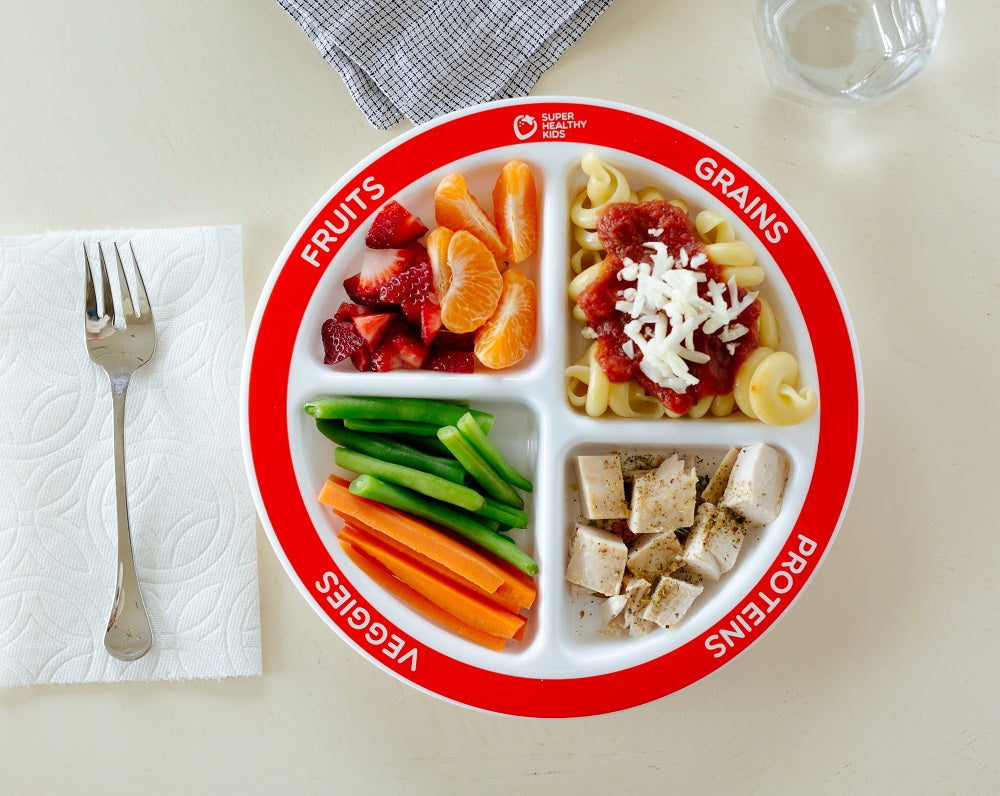

These include various soya products, muesli, cornflakes, fruit juices, and meat alternatives. Some plant-based foods are enriched with vitamin B12. Those eating a vegan diet should ensure a proper supply of vitamin B12 by taking dietary supplements in the form of, for example, tablets, drops, and/or using vitamin B12 toothpaste. Nutritionists also recommend having a blood test done every year or two.

Optimal plant-based nutrition can be ensured by eating a balanced and varied diet while paying attention to critical nutrients. With every diet – whether vegetarian, vegan, or non-veggie – good planning is essential to avoid nutritional deficiencies. Other important nutrients on the vegan food plate In high temperatures or if you exercise, the amount of water you need may increase. You should preferably drink water, non-caffeinated unsweetened tea, and other non-alcoholic, low-calorie beverages such as juice spritzers. The recommended amounts for total water intake include the moisture content of food and only apply in relation to moderate temperatures and moderate physical activity levels. It can also make sense to use microalgae oils, which are a good source of the long-chain omega-3 fatty acids eicosapentaenoic acid (EPA) and docosahexaenoic acid (DHA).Ī sufficient intake of water – 2-2.5 litres per day Olive and rapeseed oil also have a good ratio of omega-6 to omega-3 fatty acids. Other foods rich in omega-3s include rapeseed, walnut, and hemp oil. Linseed oil (also known as flax oil or flaxseed oil) has the highest content of omega-3 fatty acids. Both are polyunsaturated fatty acids which are essential for our body and our health. 8 9 Pay special attention to omega-3 and omega-6 fatty acids. Also try to avoid the trans-fats that are often found in fried foods and pre-packaged snacks such as frozen pizza or pies. Palm and coconut oil, on the other hand, are rich in saturated fatty acids and should only be consumed in small amounts (less than 10% of total energy intake). Olive oil, rapeseed oil, sunflower, peanuts, soya beans, and avocados are all particularly good sources of unsaturated fatty acids. Unsaturated fats can be found in nuts and seeds and cold-pressed oils made from them. Choose foods with unsaturated fats, limit foods high in saturated fat, and avoid trans fats. Total fat intake should not exceed 30% of total energy intake. It is sufficient to eat protein from different sources throughout the day. 5 By combining various plant proteins – for example, cereals with pulses – the supply of all essential amino acids can be optimised. Pseudocereals (amaranth, buckwheat, and quinoa), nuts, almonds, sesame seeds, hemp seeds, sunflower seeds, and chia seeds also contain particularly high proportions of protein. 4Ĭhoose protein from plant sources – 1/4 of the vegan food plateĪmong plant foods, the main sources of protein are pulses (lentils, peas, beans, and lupins) and cereals (rice, oats, millet, wheat, spelt, and rye), as well as soya products such as tofu and tempeh. Several studies show a link between whole grains and better health. The quality of the carbohydrates you eat is at least as important as the quantity. They also contain important vitamins (especially B vitamins) and minerals (for example, iron, zinc, magnesium). Wholegrain cereals such as oats, rye, spelt, wheat, barley, millet, and rice, along with pseudocereals such as quinoa, amaranth, and buckwheat, provide complex carbohydrates, fibre, and phytochemicals. Wholegrain foods – 1/4 of the vegan food plate More vegetables than fruit should be consumed – of the recommended five servings per day, three should be in the form of vegetables and two in the form of fruit. When it comes to food choices, variety plays just as important a role as quality, since no fruit or vegetable can provide all the necessary nutrients by itself. Mainly vegetables and fruit with every meal – 1/2 of the vegan food plateįruit and vegetables are an important source of vitamins, minerals, phytonutrients, and fibre. The following items belong on a healthy food plate The straightforward presentation in the form of a ‘healthy plate’ is intended to help consumers develop healthy eating habits with greater ease than with the previous model. 2 The plate illustrates what proportion of each food group should be consumed per meal. 1 Since June 2011, the US Department of Agriculture (USDA) has been using a food plate instead of the previous pyramid model. The food plate is a replacement for its well-kown predecessor, the food pyramid, and was developed by nutrition experts at the Harvard School of Public Health. How the food plate differs from the nutrition pyramid


 0 kommentar(er)
0 kommentar(er)
